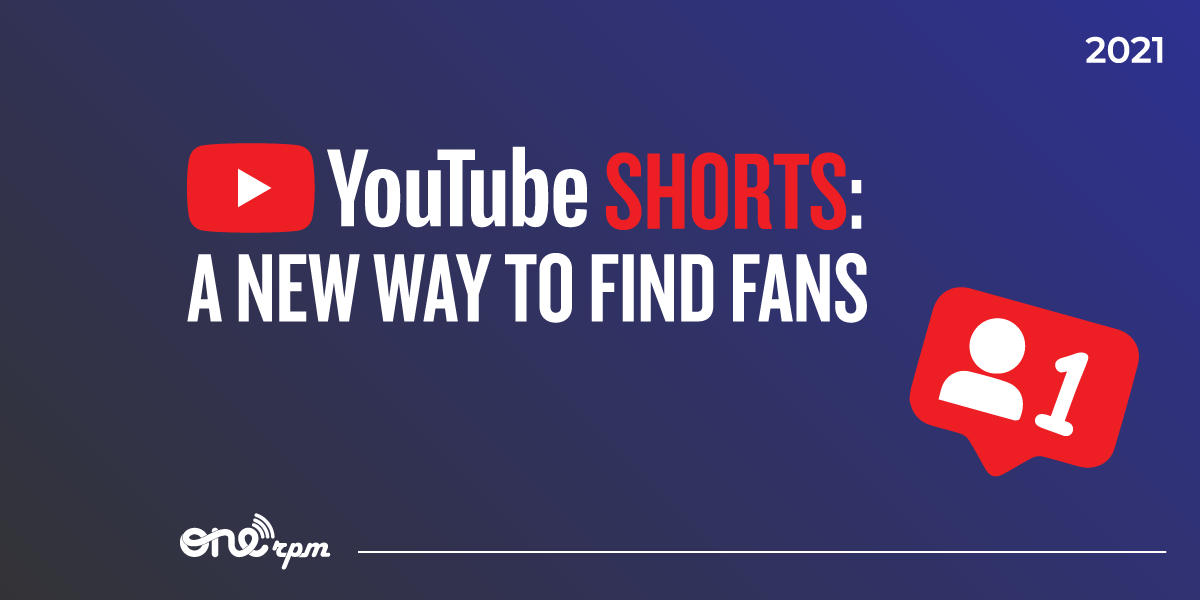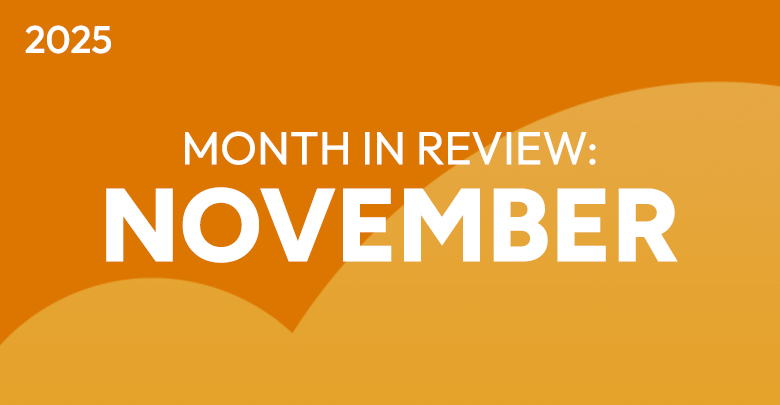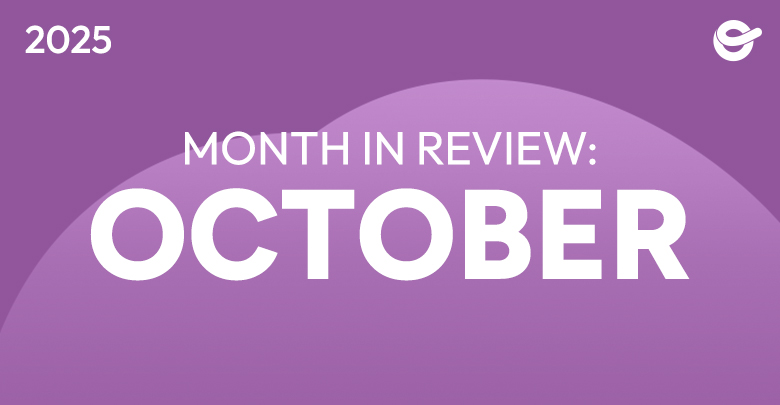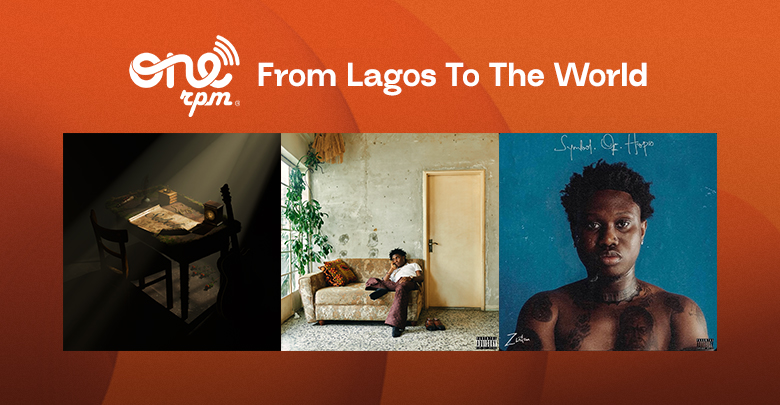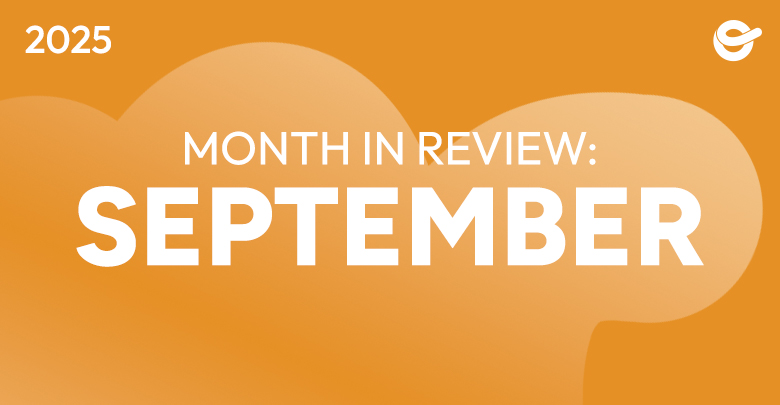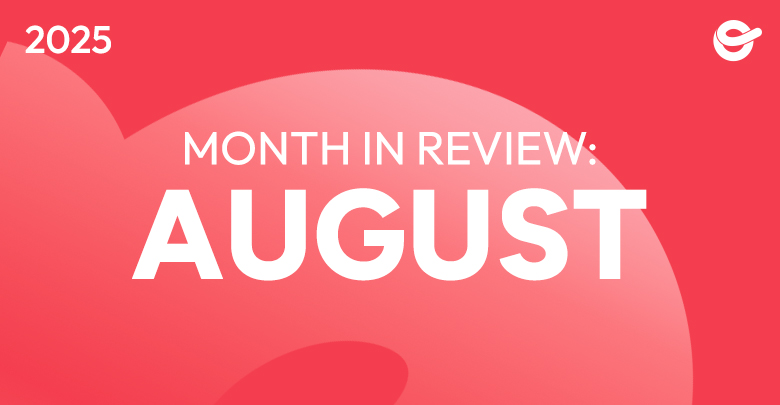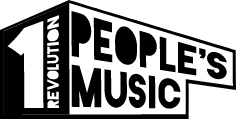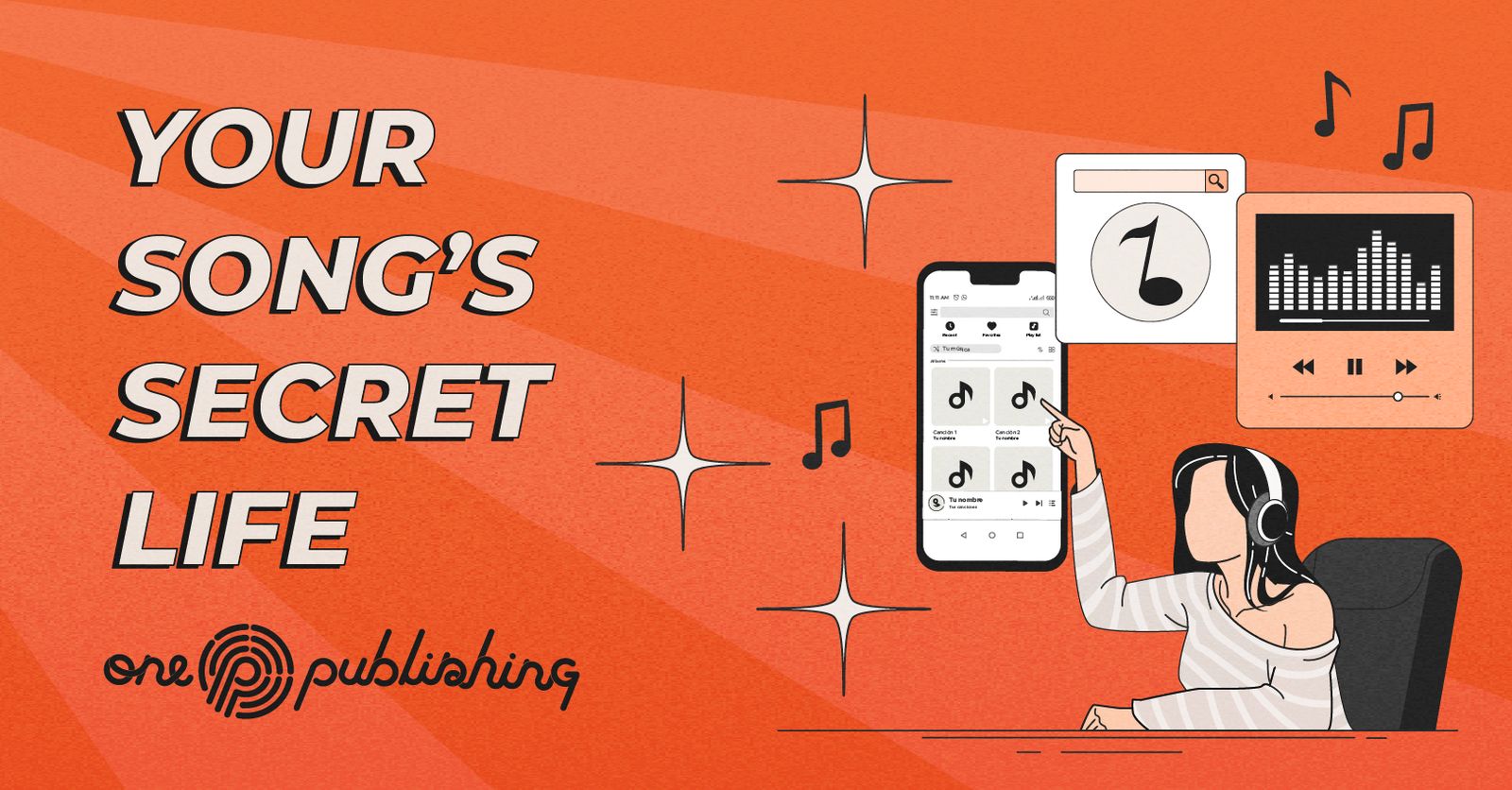
The Life Cycle of a Song: From Songwriting to Royalties
We explore the song's life cycle and how songwriters and producers can maximize each phase.
When a song is born, it embarks on a journey that goes far beyond its creation. From the first written note to the generation of royalties, every stage plays a key role in its success and revenue potential. In this article, we explore the song’s life cycle and how songwriters and producers can maximize each phase.
1. Creation: Where It All Begins
Every song starts with an idea, a melody, or a meaningful lyric. During this phase, songwriters and producers collaborate to shape the composition. Co-writing sessions and song camps are essential spaces for fueling creativity and opening up new opportunities in the music industry.
Tip: Document every step of your creative process and clearly define the songwriting splits with everyone involved.
2. Recording and Production: Bringing the Sound to Life
Once written, the song enters the production phase. Arrangements, instrumentation, and mixing all play a fundamental role in shaping the track’s sonic identity. This is the moment to define the artistic direction and sound elements that will make the song stand out.
Important: Working with the right producers and studios can make a huge difference in the final result.
3. Registration and Protection: Securing Your Rights
Before releasing your song, it’s essential to register it properly with a performing rights organization and a music publisher. This ensures that creators receive their royalties and that their rights are protected across all uses of the work.
Key: Make sure to register your song with platforms like ASCAP, BMI, SACM, or SGAE—and work with a publisher that manages your rights globally.
4. Distribution and Release: Sharing Your Song With the World
Once the song is ready, it’s time to release it. This phase involves digital platforms (Spotify, Apple Music, YouTube, etc.), social media promotion, and marketing strategies. A solid launch plan can give your song momentum and help it reach new audiences.
Tip: Support your release with content on social media, music videos, and strategic collaborations.
5. Royalty Collection: Reaping the Rewards
Music royalties come from various sources: live performances, radio, TV, streaming platforms, and sync licensing. A well-managed publishing strategy ensures the collection and distribution of these royalties through performing rights organizations and publishing agreements.
This includes royalties for public performances (radio, TV, concerts), mechanical royalties from streaming and physical sales, sync fees from films and commercials, and digital reproduction licenses.
To ensure efficient royalty collection, publishers register works in global databases, manage metadata properly, and collaborate with partners to ensure that each songwriter and producer receives what they’re owed without revenue losses.
The life of a song is a complex process that goes far beyond initial inspiration. Understanding each phase empowers creators to optimize their work, protect their rights, and generate sustainable income.
If you’re a songwriter, producer, or artist, make sure you’re informed and supported by strategic partners who can help grow your career.






